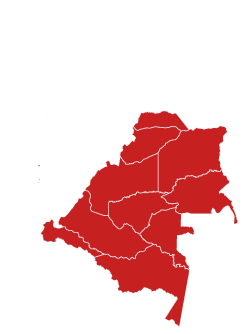Museo del Vidrio
Bogotá.
Vidrio
This museum was born from the desire of its creator, the stained-glass artist Fernando Pérez, to show the plethora of wonderful shapes that glass can show. This was the idea behind his first exhibition, Museum 20.10: an online display that was named after the date on which it was released. However, he knew then and there that he soon needed to make a tangible tribute to the material in question. He went to its roots: the district of San Cristóbal in southern Bogotá. This district, built alongside a hilly landscape and right at the source of the Fucha River, hosted the creation of the city’s first social interest project: the San Francisco Javier neighborhood. It was funded by the Society of Jesus, who wished to support this working-class community’s organization. Thanks to the mineral-rich mountains that surrounded it, many glass and brick factories could be established. They used the area’s quarries as their main source of sand, a resource needed for both manufacturing processes. Local companies such as Vidriera de Colombia (Glass Factory of Colombia), Vidriera de Bogotá (Glass Factory of Bogotá), and Fábrica de Cristal Artesanal (Artisanal Glass Factory) flourished there for decades. Yet, all of them waned away once the sector started industrializing. Today, the names of those once-thriving companies can only evoke a faded memory in the people who still remember those prosperous, long-gone times. To recover this historical legacy, the city wants to officially name San Cristóbal as the Localidad Vidriera (Glass Manufacturing District). In the meantime, the Museo del Vidrio (Glass Museum), founded in 2014, has been pursuing the goal of preserving this craft’s status as something worthy of admiration. Likewise, it has wanted to protect its place as a source of pride for the community, which has been unwillingly estranged from its craft. This is a unique opportunity to understand some of the effects of industrialization: how it caused an entire community to have been left adrift. In the La Eneida house, a site of cultural interest, you can travel back in time and discover how fire transforms matter: how a product is made from recycled materials. You can also get a first-hand look at the objects the fire craftspeople use, and witness demonstrations of their skills in alchemy.
No puede copiar contenido de esta página


